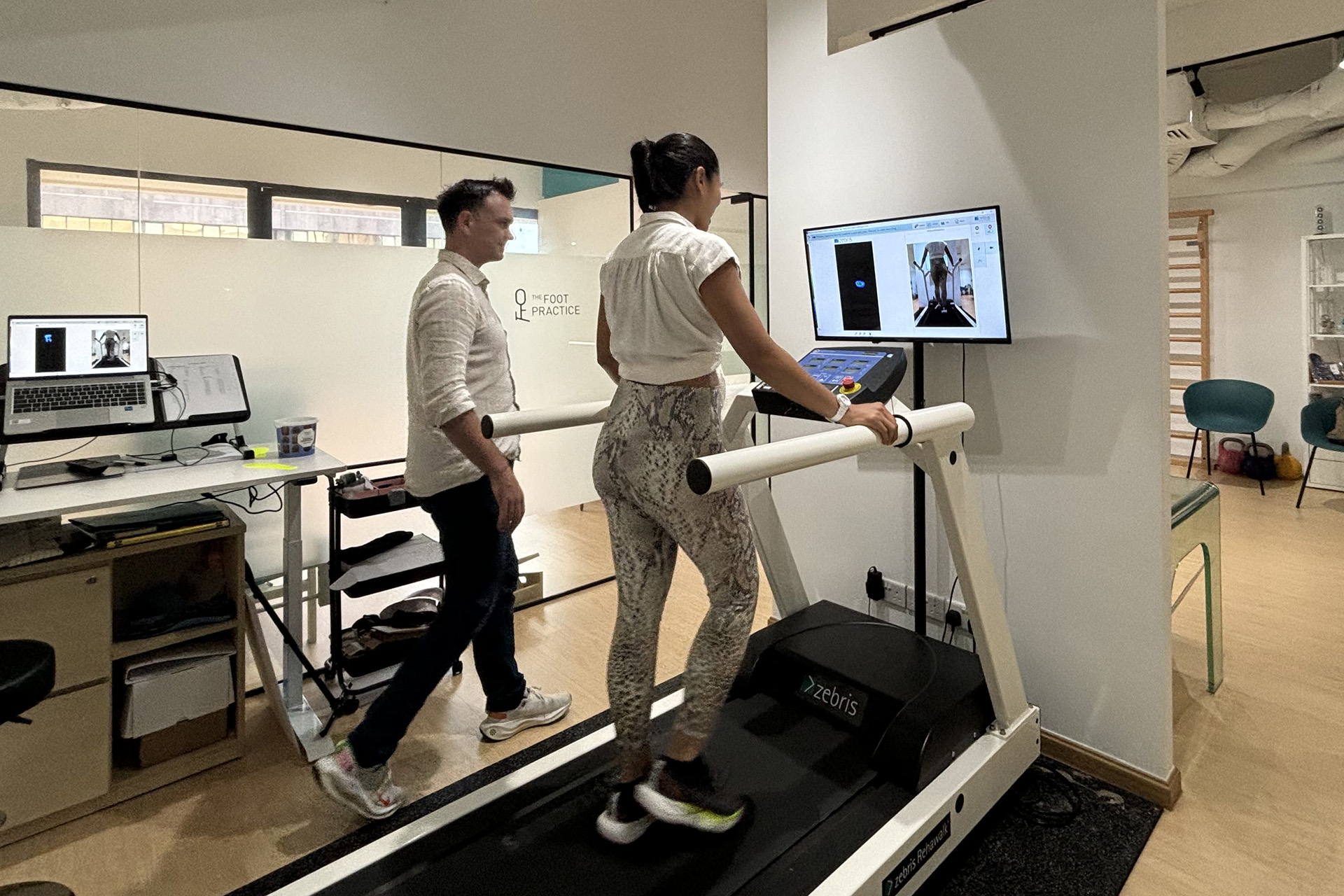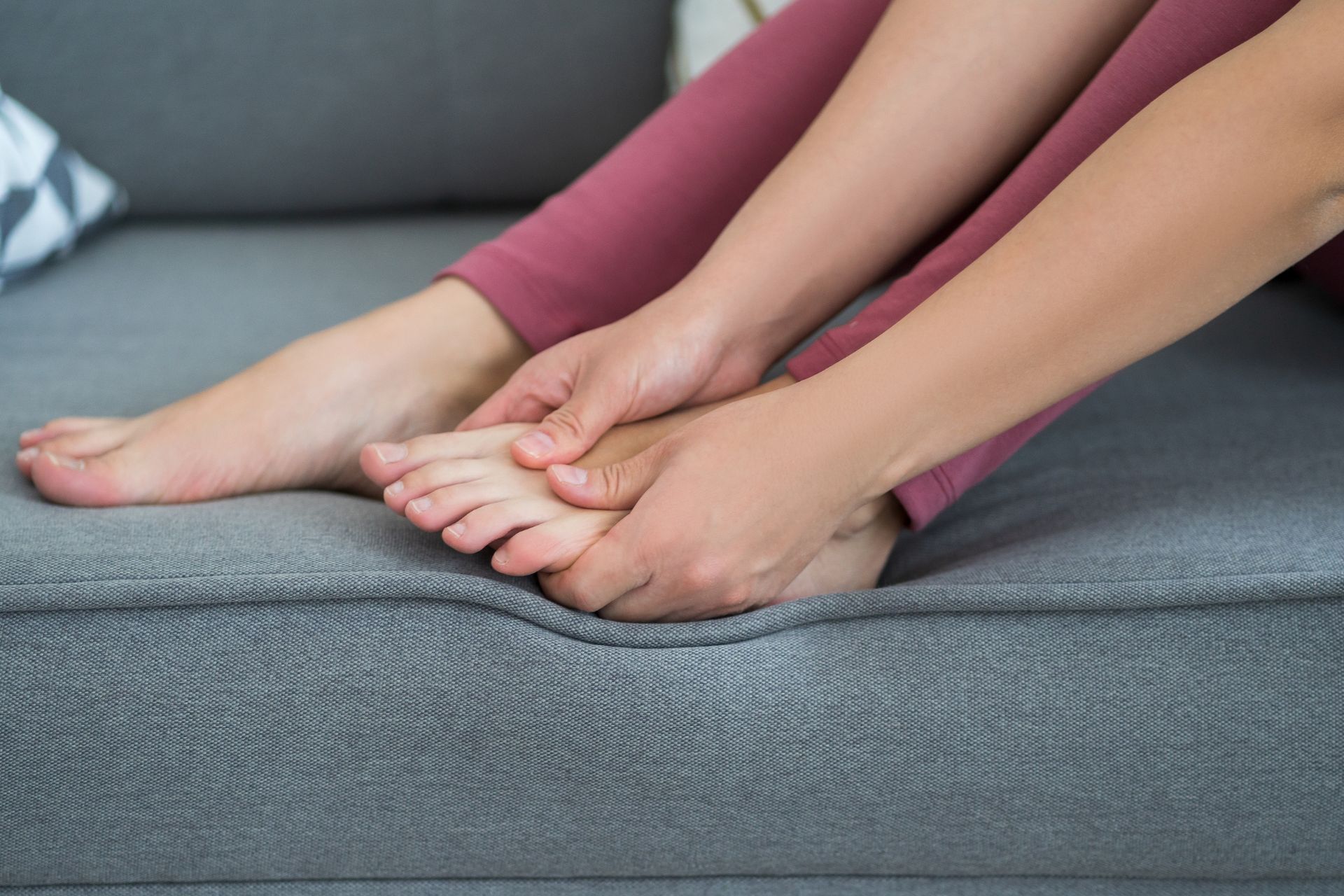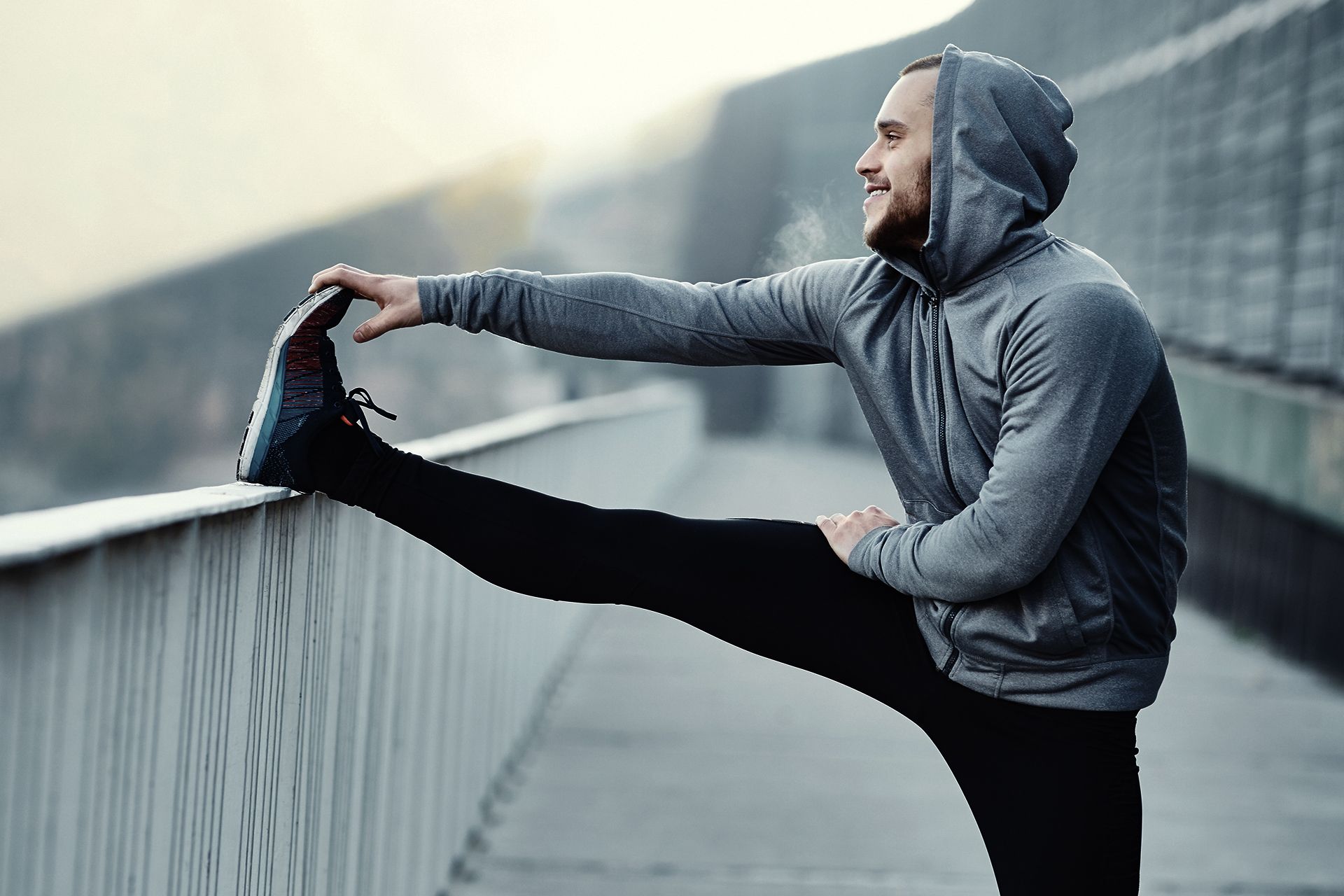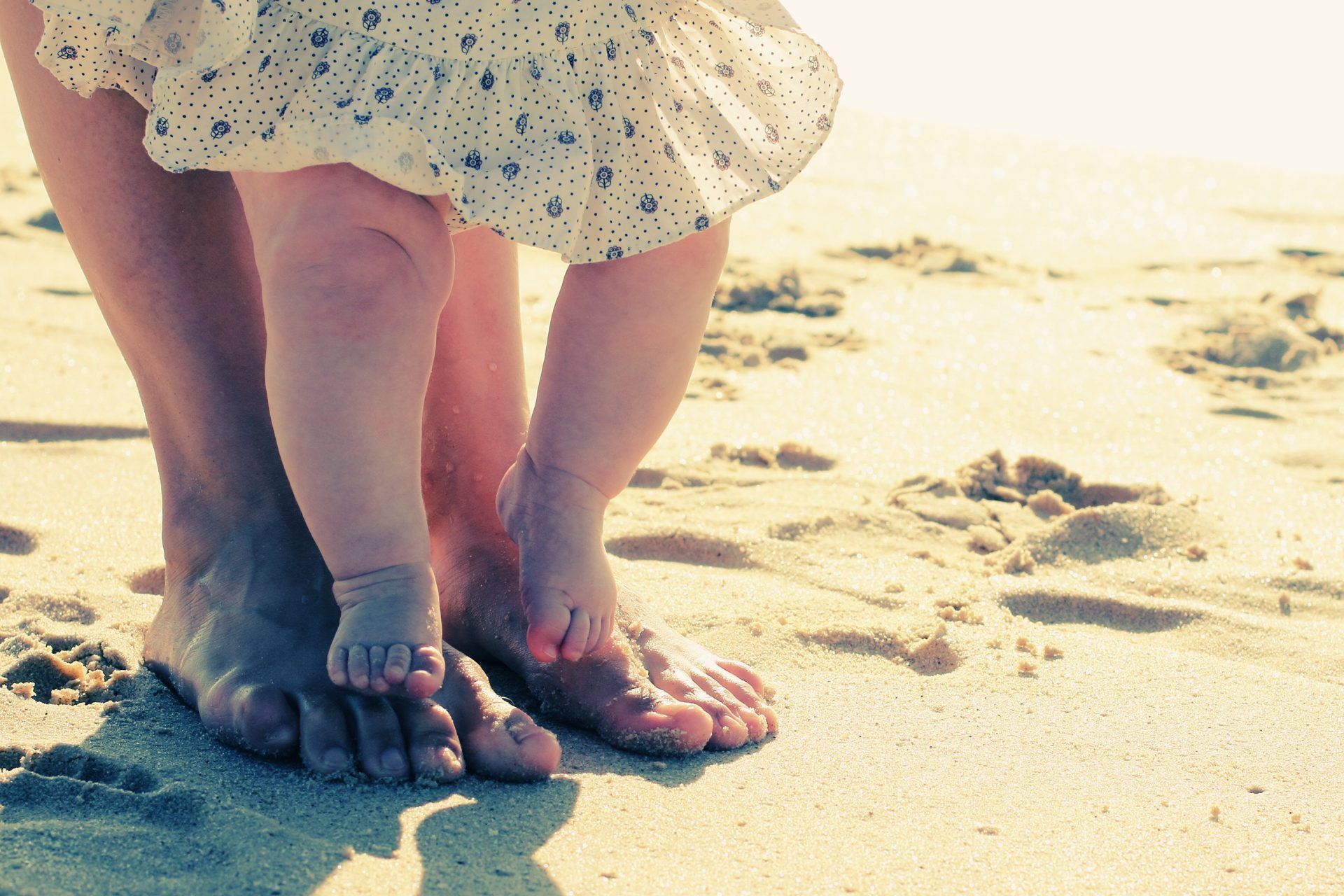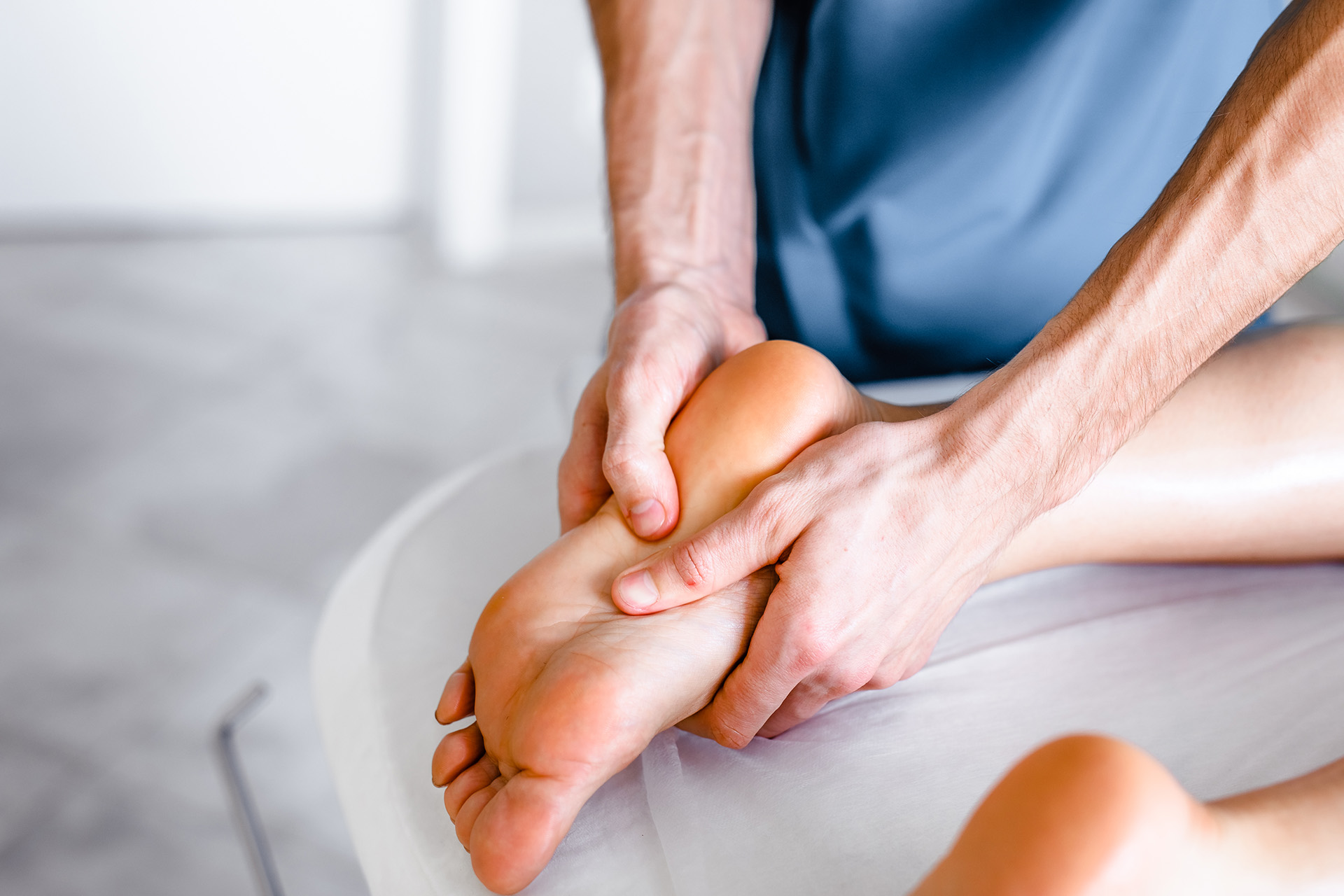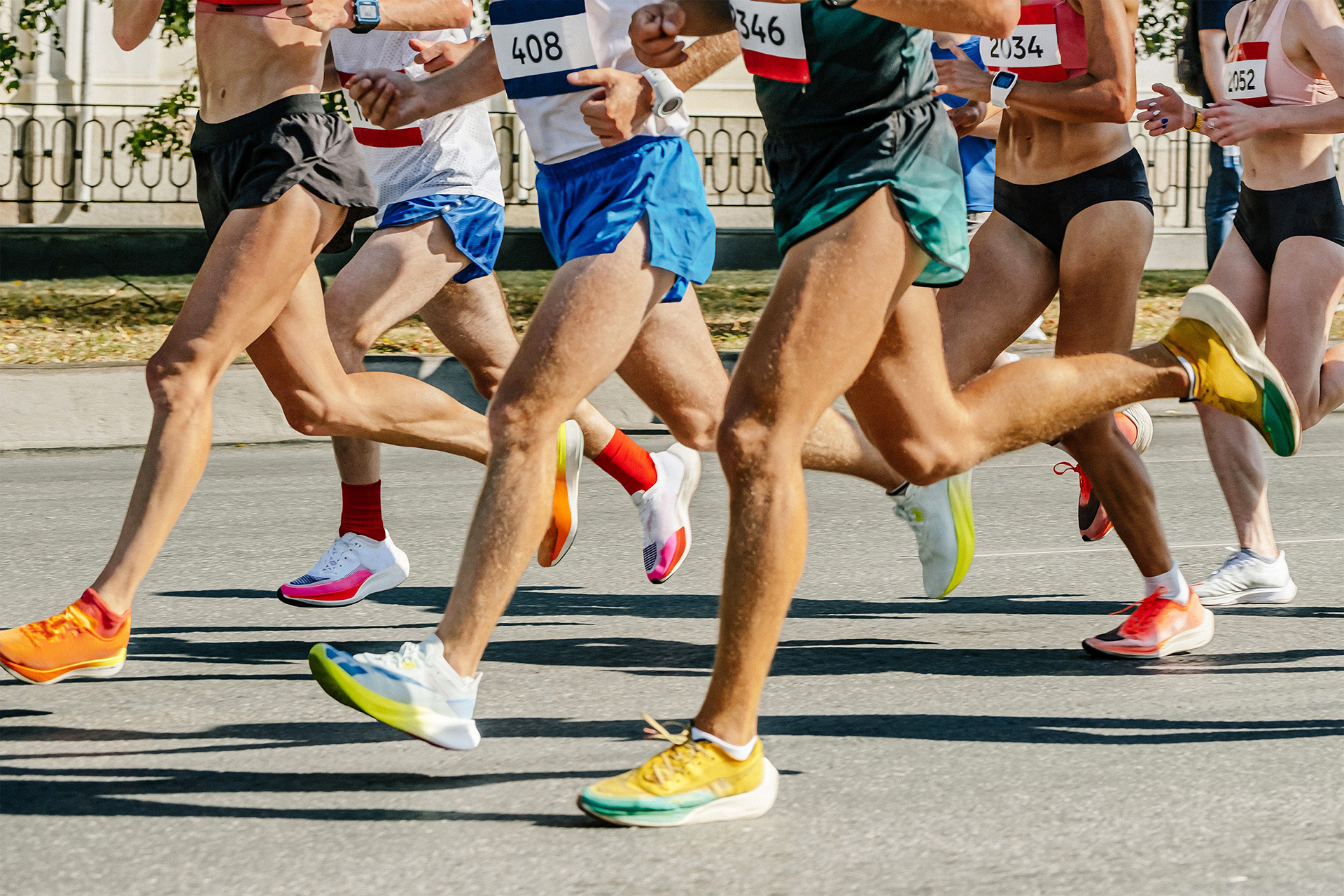The talar dome is the rounded area of cartilage surrounding the top part of the talus bone of your foot. It’s an important region for articulation and movement of the foot and is also prone to injury for athletes. Importantly, addressing talar dome injuries for athletes requires a sports-specific podiatry approach, as each sport demands different things of the body. Here’s how treatment and rehabilitation for talar dome injuries might vary across different sports.
Running and Track & Field
One cause of talar dome injuries is overuse. Repetitive stress on the joints causes the cartilage to erode faster than it can generate. This type of talar dome injury is fairly common for runners who repeat the same motion repeatedly, whether training for intervals or doing a marathon. The impact doesn’t help, either. More force increases the chances of a talar dome injury.
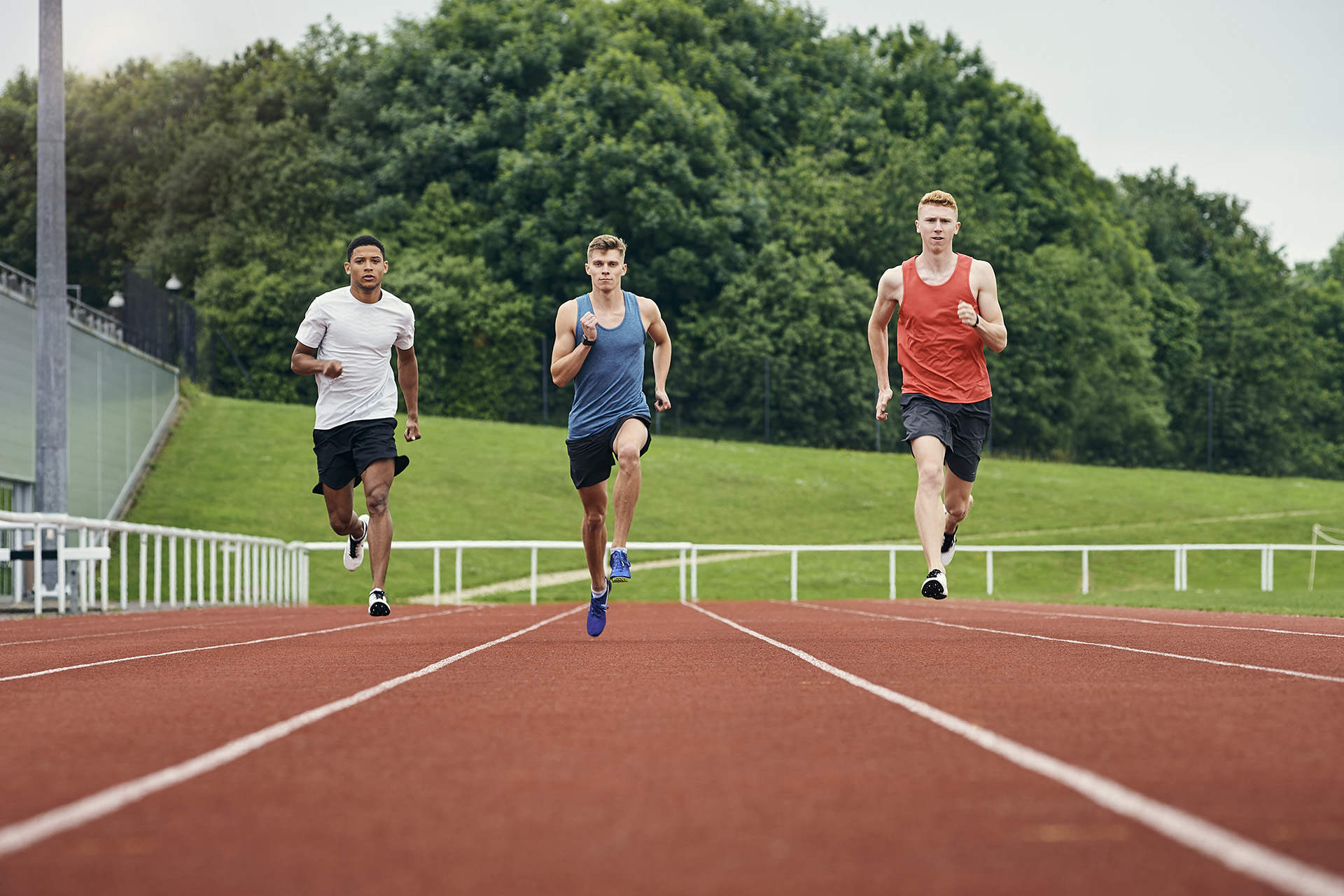
Rehabilitation: As the issue is managing impact forces and repetitive stress, the athlete will start exercising to improve shock absorption and control during foot strikes. Balance training is also important, as ankle sprains or injuries can contribute to talar dome injuries.
Return to Sport: It’s key that the runner returns with a better understanding of their form and doesn’t dive straight back into full-intensity running on the street. It’s best to adjust the footwear and running surfaces so the runner can slowly acclimate to their prior form without risking further injury.
Basketball and Volleyball
Talar dome injuries are common in basketball and volleyball because of the high amount of jumping in both sports. More jumping means more landing, which means more force applied to the talus bone and the talar dome. It’s also common in basketball and volleyball to have to turn on a dime, putting more pressure on the ankle joint.
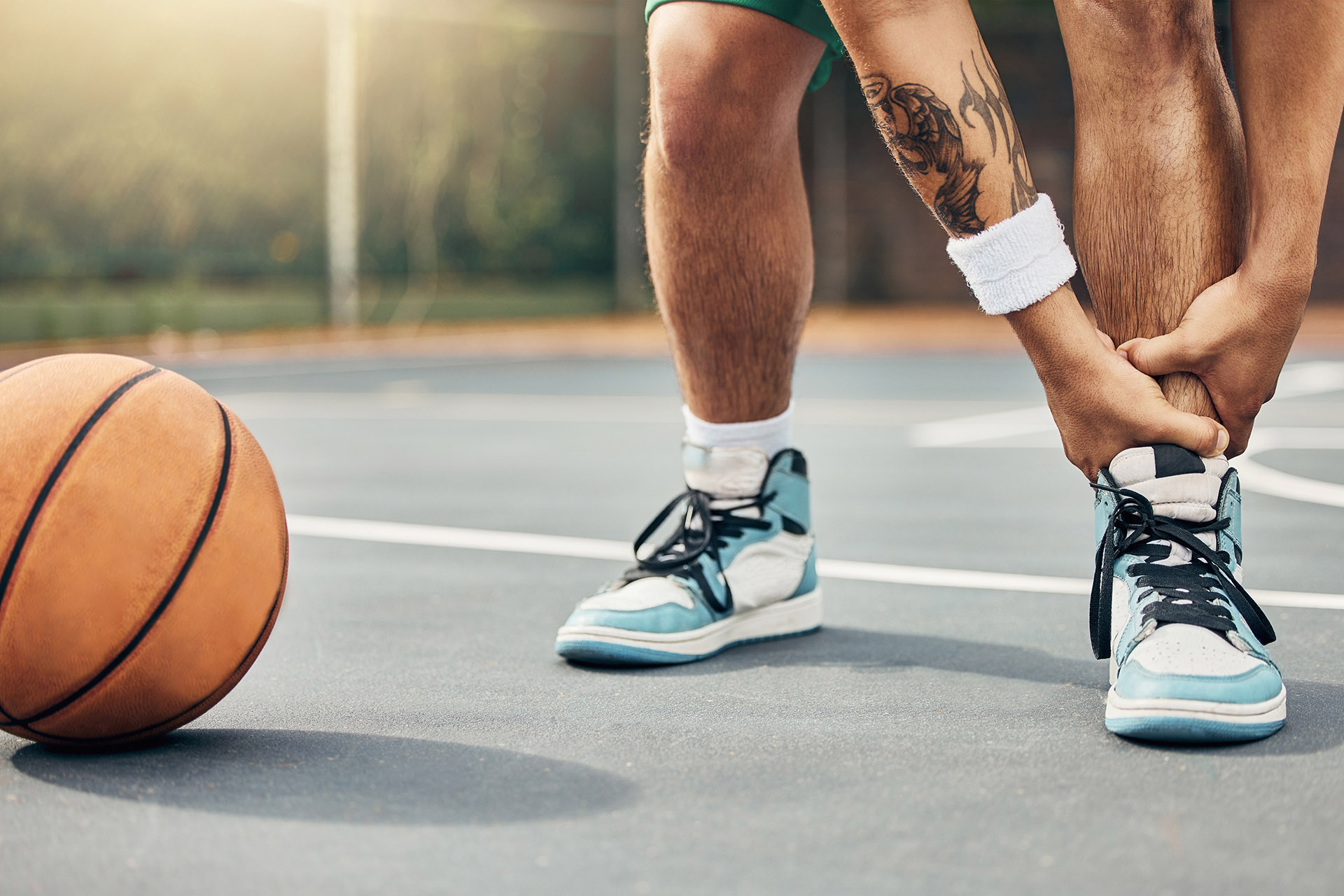
Rehabilitation: There are several strengthening exercises athletes can do to return to basketball or volleyball safely that address lateral movements and jumping. These exercises will focus on the lateral stability of the ankle, as well as plyometric drills, where the athlete learns better how to achieve bursts of motion in their lower body. It’s a form of kinesthetic learning where the athlete becomes more attuned to their body, automatically making it safer to do activities with good form.
Return to Sport: The athlete can practise these skills by simulating on-court movements through drills, ensuring they remain stable during these dynamic and high-impact actions. It’s also good to return gradually to the sport, simulating these actions rather than doing them during a game, when the competitive mindset may override the athlete’s training.
Football
Like with basketball or volleyball, football players need to turn on a dime and sprint. On top of that, they’re also likely to get tackled or slid into, making direct collisions with their ankles more likely. On top of that, they handle the ball with their feet, and every kick sends some force into the talus bone. This makes for a great deal of factors that contribute to talar dome injuries.
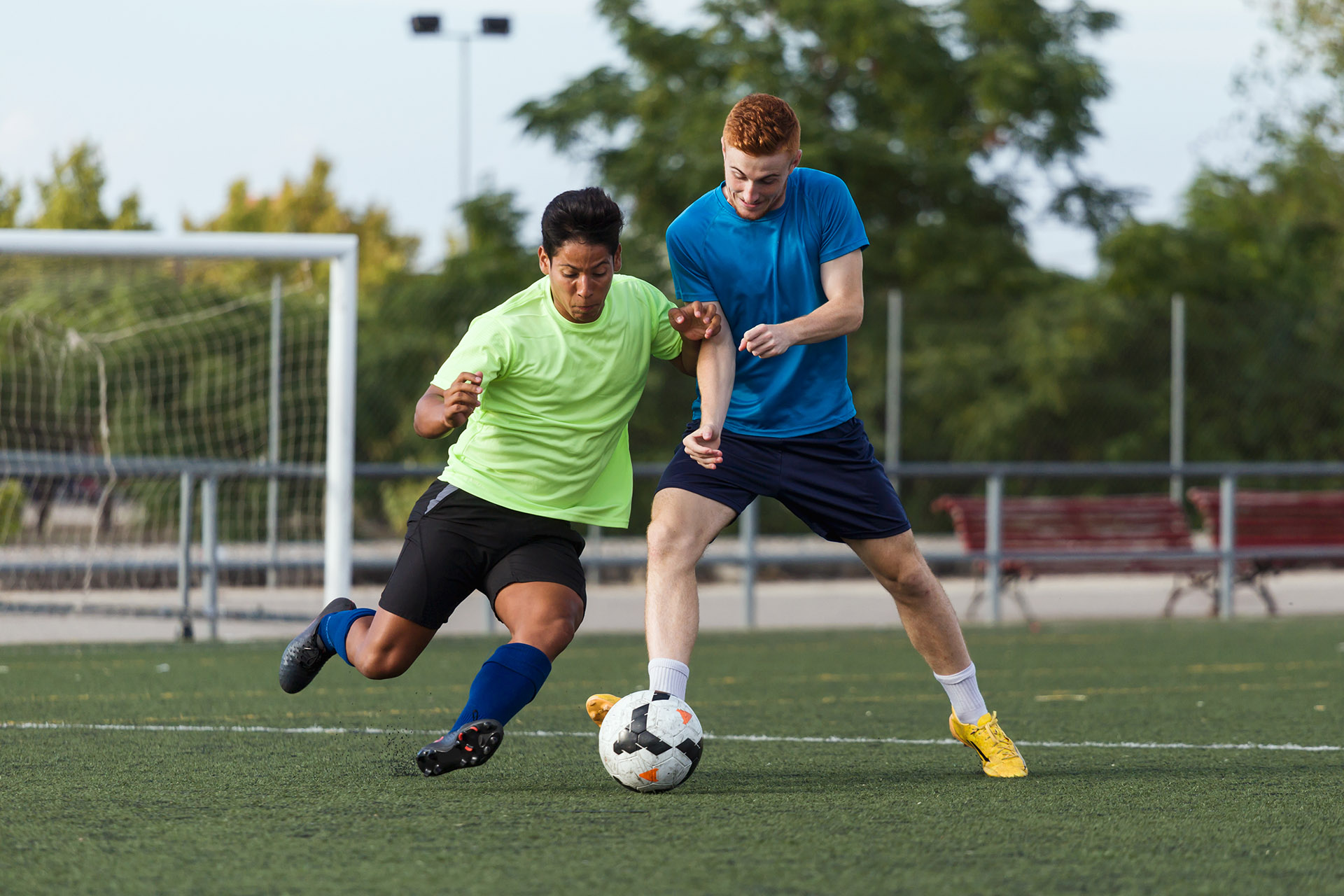
Rehabilitation: Exercises to enhance agility and control are important for athletes to master quick directional changes and kicking motions without damaging their feet. Strength can also help build some sturdiness across the lower body and make kicking more automatic. Balance training is also helpful. It can help the athlete stay on their feet when turning fast to chase the ball.
Return to Sport: Like other sports, starting with practice drills is better than diving back into the game. These drills should involve ball control, dribbling, and shooting to test stability and strength in a safe and controlled environment.
Tennis and Racquet Sports
Tennis players don’t have to jump as much as basketball players, and collisions are less likely than in football, but they do have to stop to reach for a surprising lob or serve. This fast braking puts pressure on tennis and racquet sport athletes’ talus bones, increasing their chances of talar dome injuries.
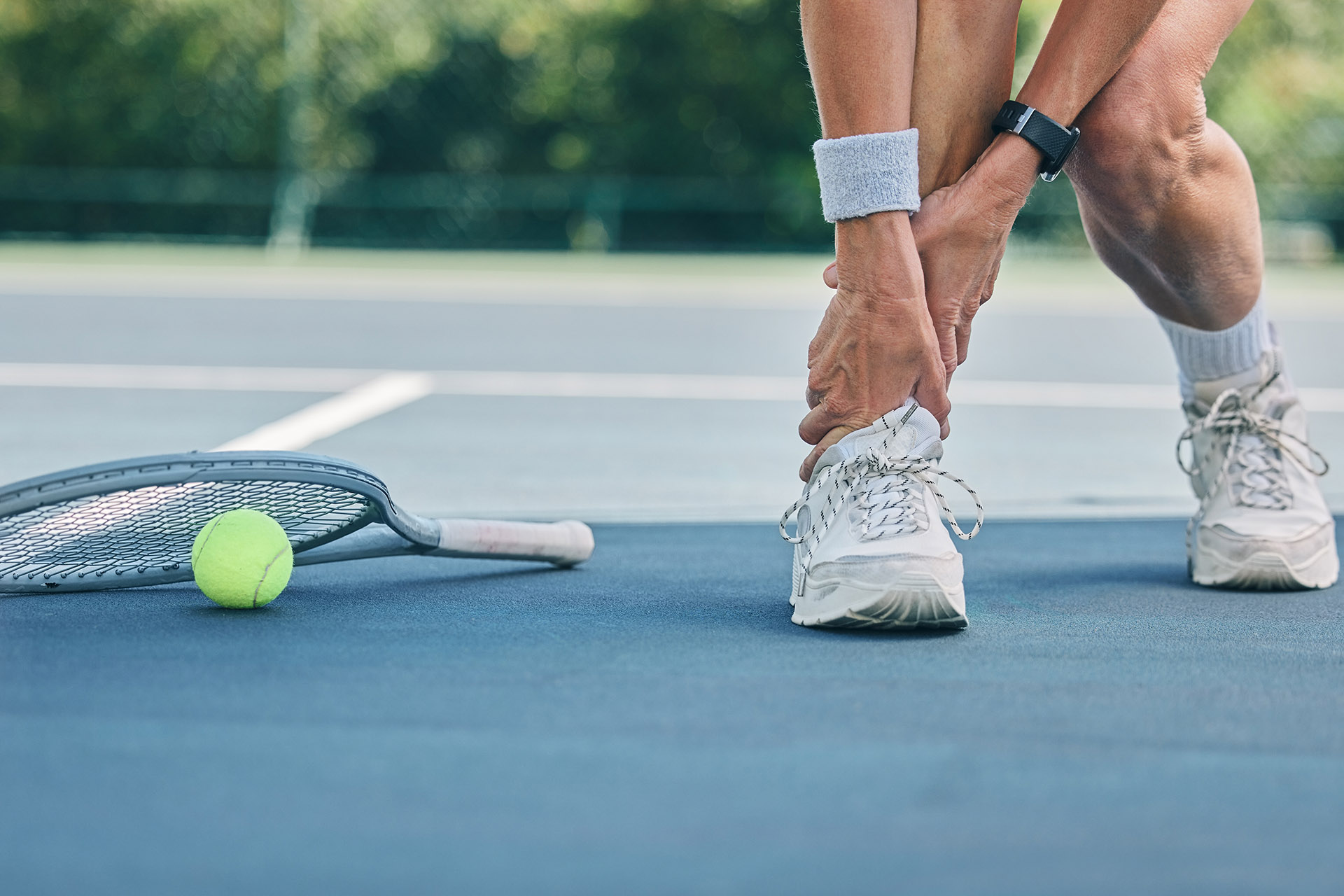
Rehabilitation: Plyometric exercises train tennis players to use short bursts, sudden and quick stops, and pivots. Any agility training is also welcome. Strengthening exercises for the calf and foot muscles can also help to improve control during pivots and reduce the strain on the talus bone, supporting the joint with robust muscle.
Return to Sport: Gradually reintroducing the players to tennis through simulated court-based drills is helpful for a sustainable and healthy recovery. These should emphasise lateral movements and pivoting techniques.
Gymnastics and Dance
Dancers and gymnasts place great stress on their feet, whether landing after a jump or balancing on a single foot. For this reason, talar dome injuries are common for dancers and gymnasts, even though neither are contact sports.
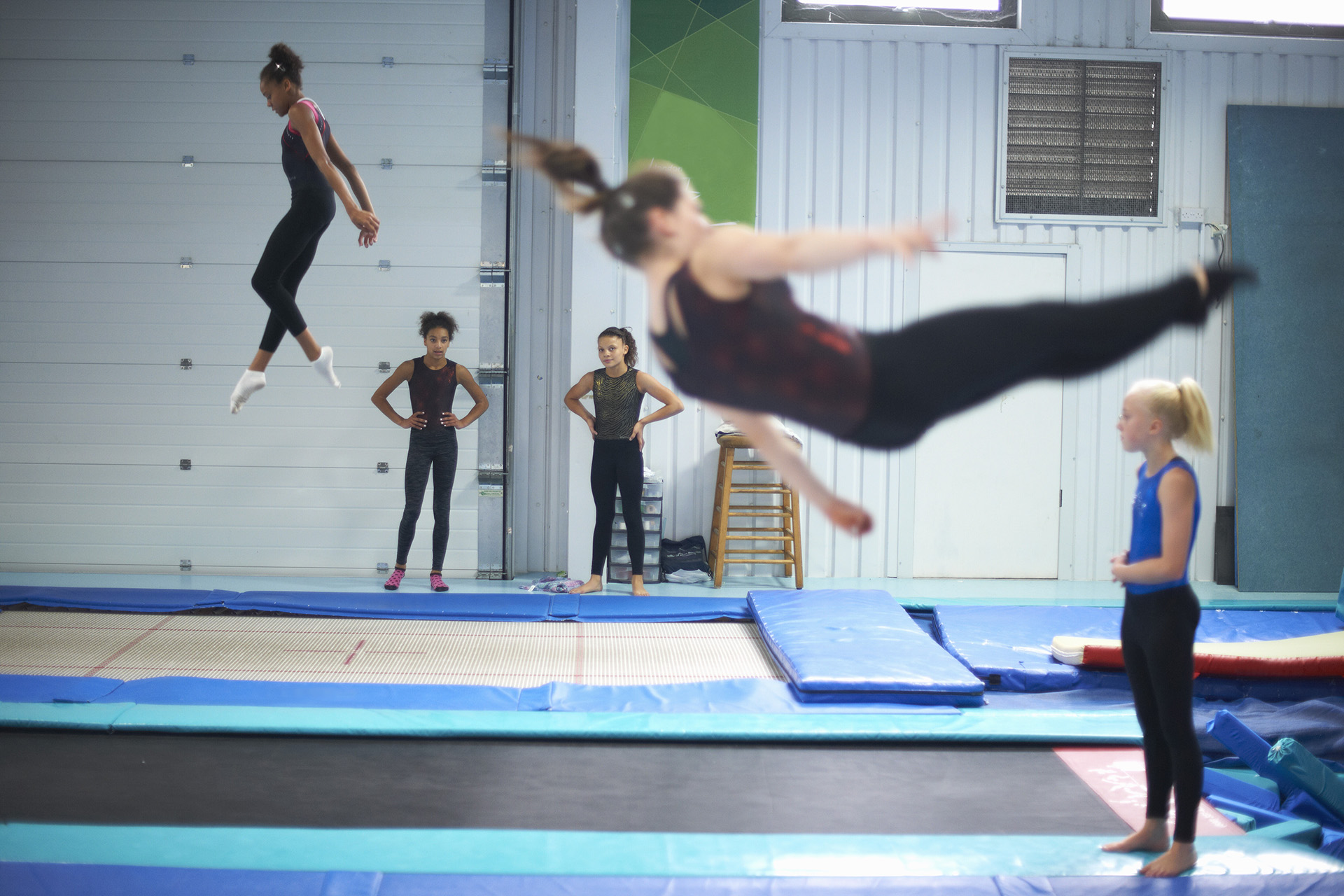
Rehabilitation: Exercises that train balance, flexibility and intricate footwork can be very helpful for gymnasts and dancers recovering from talar dome injuries. The intricacies of their footwork make it important to ensure both feet are healthy through the gradual reintroduction to weight-bearing positions and dance and gymnastic movements.
Return to Sport: A controlled practice of routines is important, especially focusing on correct foot placement and technique to prevent re-injury. The dancer or gymnast should continue trying to achieve a new routine. They should work on the fundamentals before fully returning to their craft.
Skiing and Snowboarding
It’s fairly common for skiers or snowboarders to injure their ankles, as the uneven terrain can lead to a slip or fall, followed by a bad landing, hampered by equipment which places undue weight on the foot. As mentioned, ankle injuries have a direct correlation to talar dome injuries.
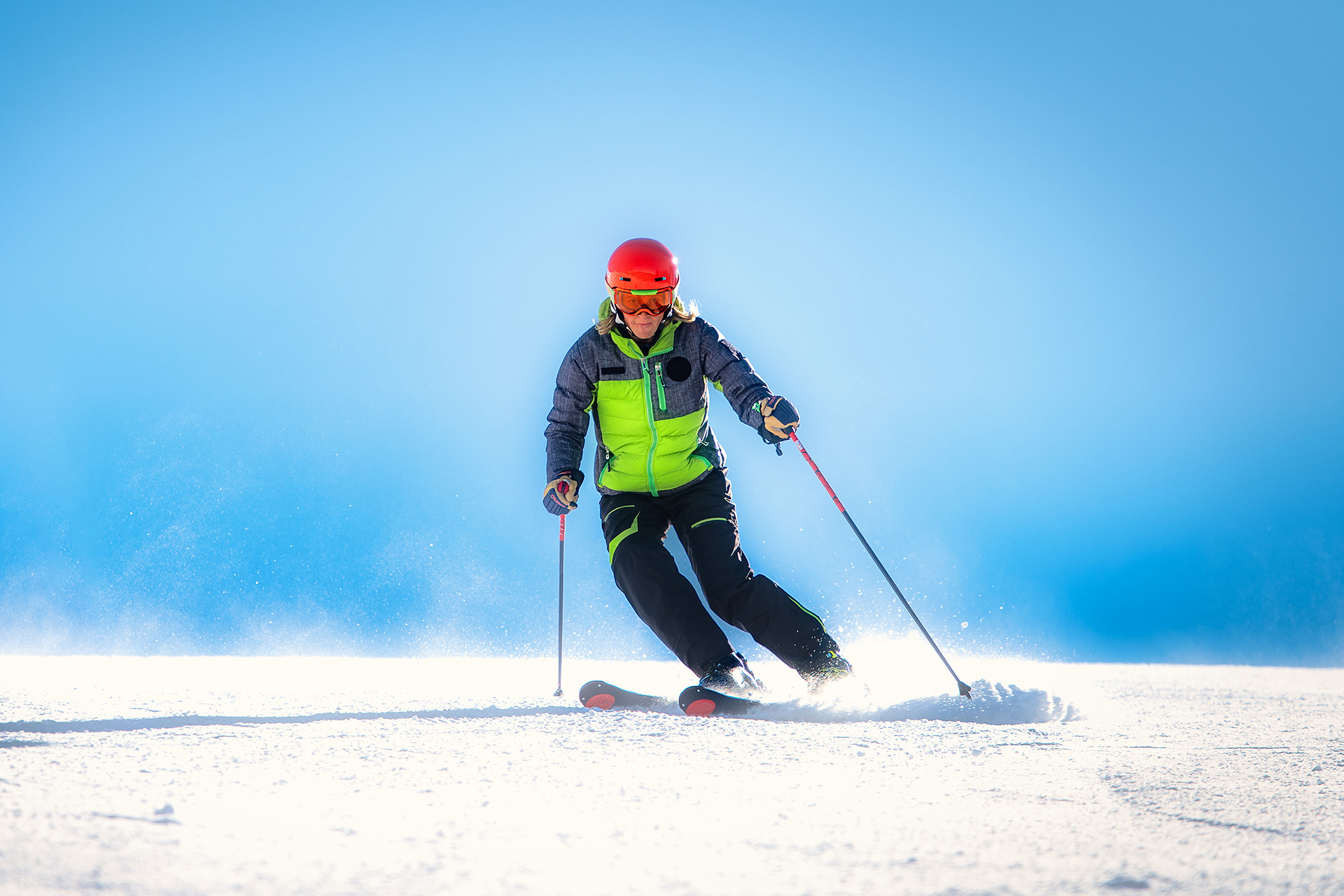
Rehabilitation: The athlete should train their stability in different planes of motion, something particular to snowsports that isn’t as common to athletes playing on the court. It’s also important to note that cold weather can affect healing and flexibility, so emphasis on warm-up and mobility is important.
Return to Sport: Rather than returning to the old skiing and snowboarding routes, returning to simpler slopes is better to ensure the talus bone isn’t being overexerted. Also, limiting time on the slopes can help build tolerance and keep recovery safe and sustainable.
Golf
Unlike the other sports on this list, golf is a fairly static activity that doesn’t involve running or jumping. However, the intense rotation of the swing and the twist of the whole body can affect the ankle and cause talar dome injuries.
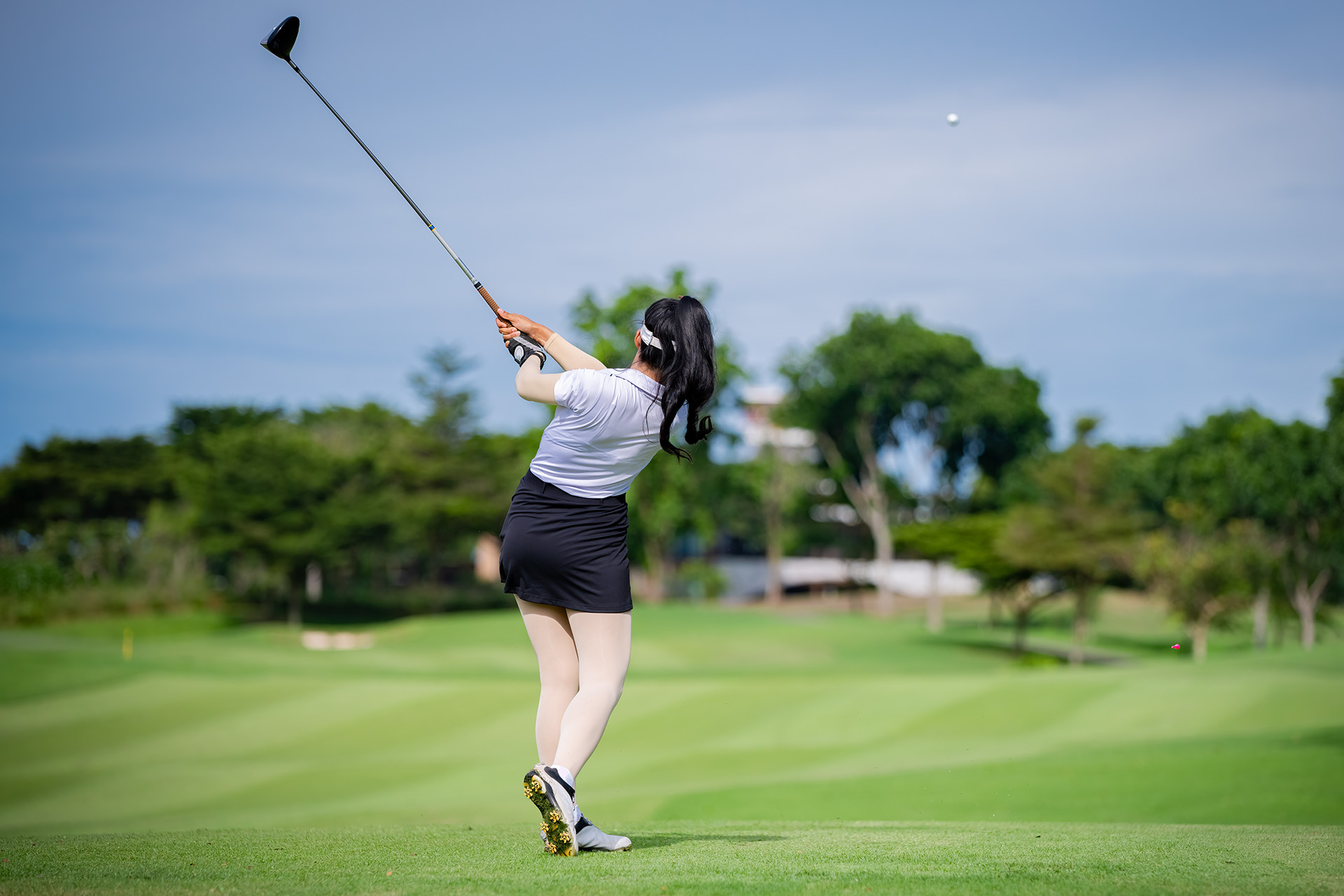
Rehabilitation: Part of the reason the ankle may be injured is because the body itself isn’t strong enough to handle the force of the swing, forcing the ankle to compensate. Strengthening exercises focusing on rotational control can be very helpful in taking pressure off the ankle. For that same reason, balance training to support the body during the swing can help with talar dome injuries for golf players.
Return to Sport: The golfer should focus on practising their swings and focus on their ankle stability rather than trying to go for full force. Once they’re confident and their body is ready, they can gradually increase their range of motion and power.
Pressure Sensing Technology for Managing Talar Dome Sports Injuries
The Foot Practice’s RehaWalk® Gait System pressure sensing treadmill is invaluable for managing talar dome sports injuries. This advanced system provides detailed gait analysis and treatment capabilities, making it an ideal solution for athletes and individuals with foot issues.
The Rehawalk treadmill has a pressure sensor matrix comprising thousands of calibrated, capacitive sensors, enabling precise measurement of foot pressure and movement patterns. This technology helps identify areas of concern and track progress during rehabilitation. The system also offers detailed gait analysis, allowing podiatrists to assess gait abnormalities and develop personalised retraining programs to restore proper mechanics and reduce injury risk.
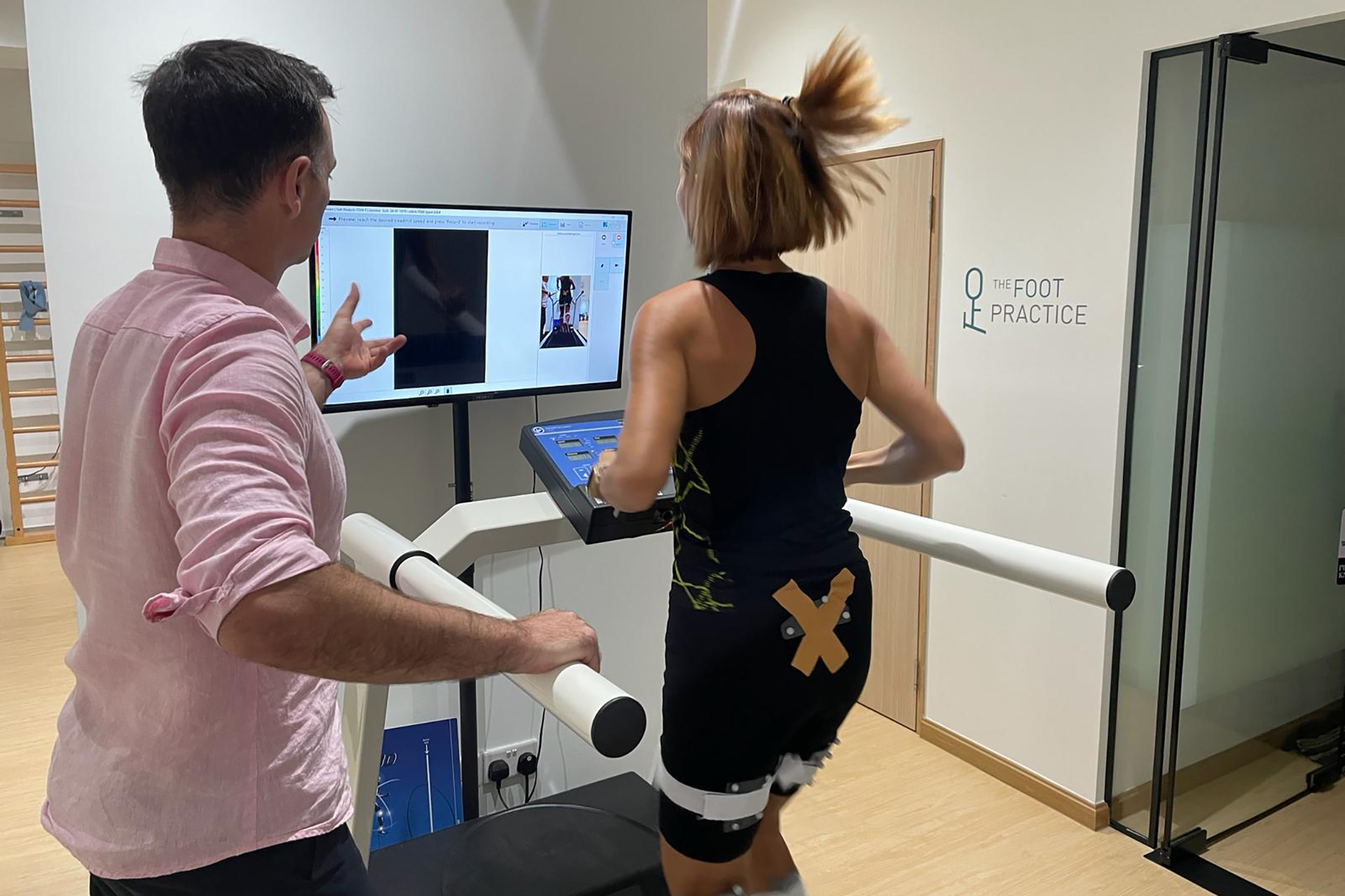
Adaptive visual cueing of gait patterns gives patients real-time feedback to correct their gait and maintain proper foot placement. Additionally, optional modules for stance and balance analysis and balance training are available, which are crucial for patients with talar dome injuries.
The Rehawalk system can help patients achieve better outcomes and faster recovery from talar dome injuries by addressing gait abnormalities and providing targeted rehabilitation. Make your appointment today for a customised rehabilitation programme tailored to your needs and goals.

